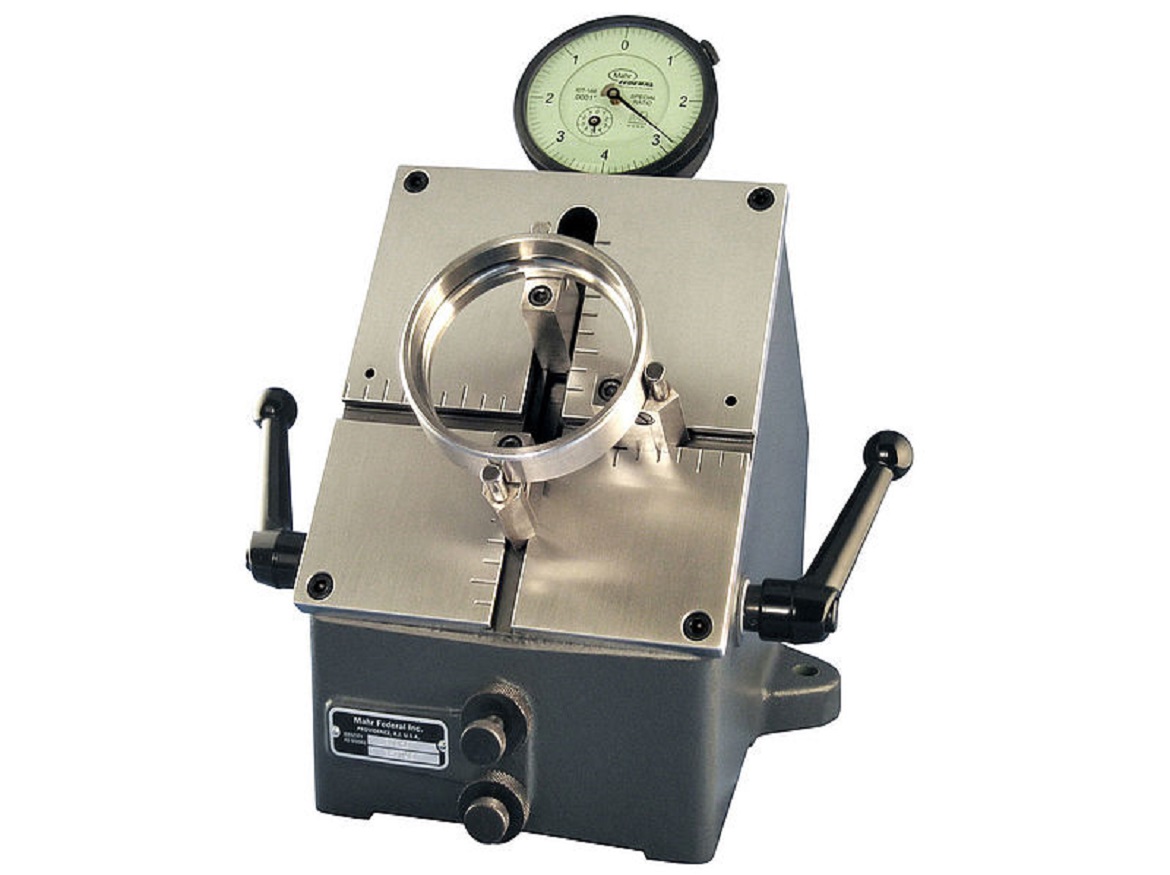These days, if you’re looking for ways to save money, you might want to think about getting more performance from your current gauges.
Many of the gauges being constructed now are improvements of gauges constructed more than 50 years ago. The tolerances on your items have probably changed over time; what was once a 0.0010-inch tolerance is now a 0.0005-inch tolerance or even tighter. They may have been created to be used with a 0.0001-inch indicator initially. It might be possible to meet the tighter tolerance requirement by enhancing your current “classic” gauges rather than purchasing new gauging. If you have the proper base upon which to build, you can accomplish this.
Good gauge design makes it impossible to defy physics. The basis of successful gauging is simple, fundamental ideas. All the qualities that we look for in a precision gauge today are present here, including a gauge with a lot of mass for stability, sturdy frames and strong joints for rigidity, a sensitive contact in line with the reference anvil, and flat parallel surfaces. There are several things you may do to improve performance if your “classics” include all the essential components of a high-performance gauge.
The dial indicator is typically replaced by better resolution readouts—either an LVDT or digital probe—in order to meet a tighter tolerance. In this scenario, a 10-in. digital readout can be used in place of the 0.0001-inch graduation dial. Normally, one wouldn’t advise doing this. But the impact of the higher resolution can be verified on some ID or OD gauges or snap gauges. You’re good to go if it complies with GR&R’s guidelines.
Once we have a readout with a greater resolution, we can begin to consider all the minute details in the measuring procedure that could cost us a 0.0001 inch here or there while still delivering the optimum performance. The following actions will help you get the greatest performance possible from the gauging:
- Replacing the readout with a high-resolution device is important, but it serves no purpose if the readout and probe are not calibrated. Always verify the electronics, and if possible, see if you can calibrate the complete measuring system—the gage, probe and readout system—with a set of Min, Zero, and Max masters.
- Cleanliness has always been critical, but when it comes to high-resolution gaging, it is a must.
- The same applies to the temperatures of part, gage, and master: for best performance, they should always be the same.
- When using similar gages throughout the shop, take steps to make sure the gage operating procedure is as identical as possible. Items for improvement include:
- Operator training is the same for all users.
- Ensure operators load the part the same way, and standardize a procedure for seating the part and checking repeatability.
- If the gages have adjustable tables for setting the angle of the gage during use, make sure they are all the same.
- Set the gaging force of all the gages to the same pressure—strong enough to secure the part, but light enough to prevent deflection.
- Design gaging jaws and contacts to be the same length, width, and material.
- Use the same style master for setting the gages.
- If master deviations, offsets, or multipliers are part of the set-up process for the readout device, ensure that there is a checklist or a process to ensure all the correct information has been programmed into the readout.
- Check to ensure that the contacts are in good condition—no flats, nicks, or worn spots. Also, they should be in line with each other and free from sticking.
- Set up a regular and thorough gauge inspection and calibration procedure to maintain top performance.
This proposed list of actions to boost performance is not complicated, and there may be more depending on the application. It is merely the fundamentals of an excellent gauging procedure. However, if you start with these, those 0.0001 inches of mistake might just disappear, and those vintage classic gauges might just start to truly rock.
By enhancing your current “classic” gauges, you might be able to satisfy the desire for tighter tolerance. If you have the proper base upon which to build, you can accomplish this. This Mahr Federal 36B2 gauge from the 1960s has been refurbished to look brand-new and adhere to the original performance requirements.
Click on the following link Metrologically Speaking to read more such news about the Metrology Industry.









